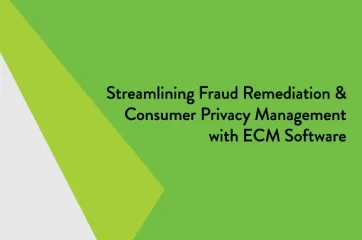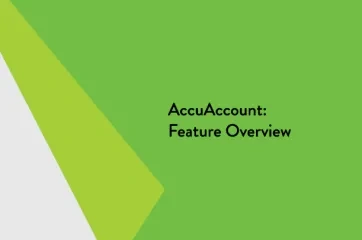Cold Storage in Banking
Cold storage in banking provides a snapshot of each day’s activity at a financial institution. Cold storage houses a variety of reports, statements, notices, and images generated by a core banking system as part of its nightly processing. Documents and information that are commonly held in cold storage include:
- Trial balances
- Daily non-posts
- Return check items
- New loan reports
- New account reports
- Closed reports
- Pay-off reports
- Non-accrual reports
- Images of cashed checks
- Images of deposits
- Teller transactions
- Checking statements
- Loan statements
- Employee logins to dormant accounts
Uses for Cold Storage in Banking
Typically, cold storage is tightly integrated with a financial institution’s core banking system. Platforms like FASTdocs offers an archival, searchable system of record and is used by bankers in numerous ways, such as:
- Image retrieval for frontline operations: Tellers and other deposit staff members can find and view processed check images to answer customer and member inquiries.
- Text matching and search: Bankers can use cold storage systems to find text within reports based on specific search criteria.
- Offline server mode: If a financial institution’s system goes down and tellers cannot access the core, “cold storage” provides a trial balance (usually as of the previous night) to approximate a customer or member’s account balance.
Document Management Resources
For more information about banking and document management, be sure to check out our extensive Innovation Hub with free spreadsheets, whitepapers, and eBooks.
Browse our banking definitions page for more terminology.








